Reserve requirement ratio cut aims to sustain recovery of growth, premier says
The amount of cash financial institutions must hold in reserve will be cut from Dec 15 to inject more liquidity into the market, China's central bank announced on Monday.
The People's Bank of China will cut the reserve requirement ratio of financial institutions by 50 basis points, except for those that already have the ratio set at 5 percent. After the reduction, the average weighted RRR will be 8.4 percent, according to the central bank.
The move is to support the development of the real economy and reduce financing costs. The PBOC also said that in order to maintain a prudent monetary policy it will not use aggressive monetary easing as a stimulus measure. Instead, it will improve cross-cyclical adjustment and better connect the macro policy from this year to the next.
The RRR cut is expected to free up about 1.2 trillion yuan ($188.1 billion) and save financial institutions 15 billion yuan a year in financing costs, the central bank said in a separate statement on its website on Monday.
This RRR cut followed an online meeting between Premier Li Keqiang and Kristalina Georgieva, managing director of the International Monetary Fund, on Friday.
During the meeting, Li said the PBOC may cut financial institutions' RRR "at an appropriate time". The measure aims to sustain the recovery of economic growth, especially to support smaller businesses, Li told Georgieva, according to a Xinhua News Agency report on Saturday.
China will continue to implement a prudent monetary policy, formulate policies based on the needs of market players, use a variety of currency tools and increase support for the real economy, particularly for small, medium-sized and micro enterprises, the report quoted Li as saying.
Lu Ting, chief economist at Nomura Securities, said, "Beijing may have to significantly step up its policy-easing measures in the spring of 2022 to prevent a hard landing." Due to inflationary pressure, the central bank is unlikely to cut the policy rate, he added.
Economists' expectations of a policy easing in China are based on their projections of risks in 2022. The COVID-19 pandemic is still a threat to further global economic recovery and vulnerabilities in the financial and property sectors may persist.
"The RRR cut is in line with market expectations," said Zhang Zhiwei, chief economist at Pinpoint Asset Management. "But this measure alone cannot turn around the economic downcycle." The economic cycle will rely on how supportive fiscal policy will be and whether housing policies will be fine-tuned, he added.
The 2021 Central Economic Work Conference scheduled for later this month is expected to set the policy tone for next year. Analysts said they expect more supportive measures will be announced after the conference to prevent economic slowdown in 2022.
While strict control measures have effectively contained domestic epidemic outbreaks, China's "zero-COVID" policy implies foolproof control of cross-border movements of people and goods, said Chaipat Poonpatpibul, lead economist of the ASEAN 3 Macroeconomic Research Office.
"Chinese authorities are encouraged to review the policy and put in place protocols to facilitate the freer movement of travelers and goods, which will contribute to the reopening and growth of the global economy," said Poonpatpibul.
But "careful avoidance of excessive loosening and attendant buildup of risks should continue", he said. Wang Tao, chief China economist at UBS, said in a research note that the RRR cut comes as downward pressure on the real estate market is intensifying. Investors should pay attention to any signs of easing that may emanate from the upcoming Central Economic Work Conference.
In mid-January, the State Council, China's Cabinet, and various ministries might introduce a moderate easing policy and the central bank could inject more liquidity into the market through other ways.













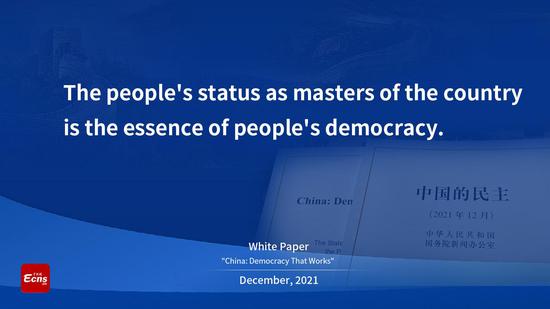
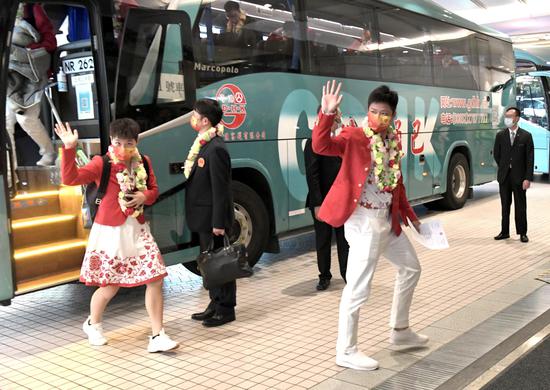



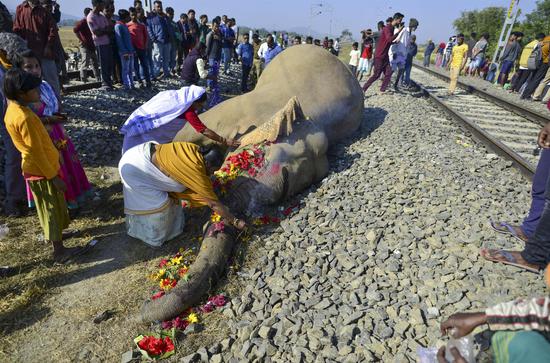
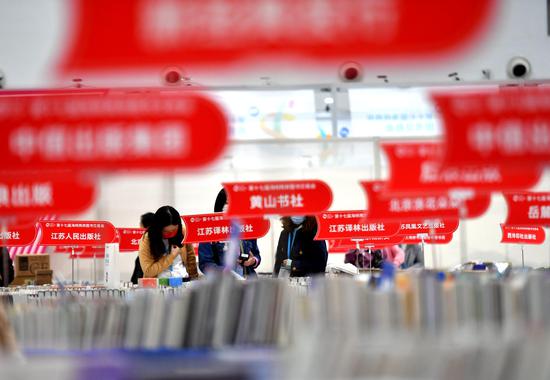




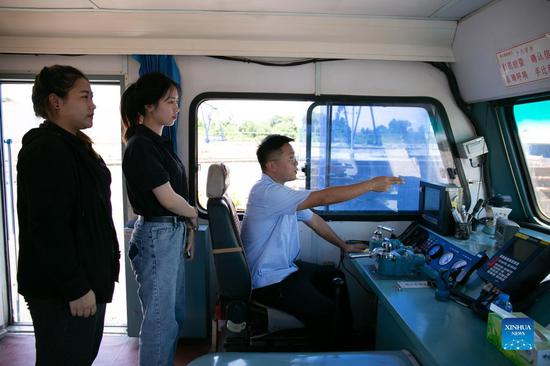


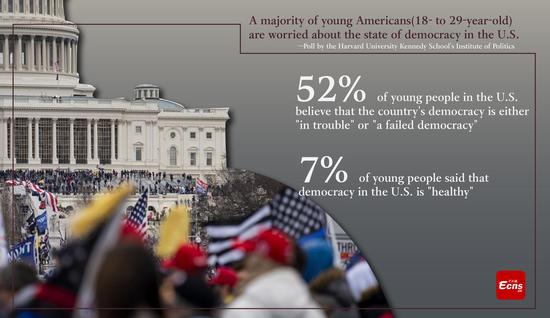




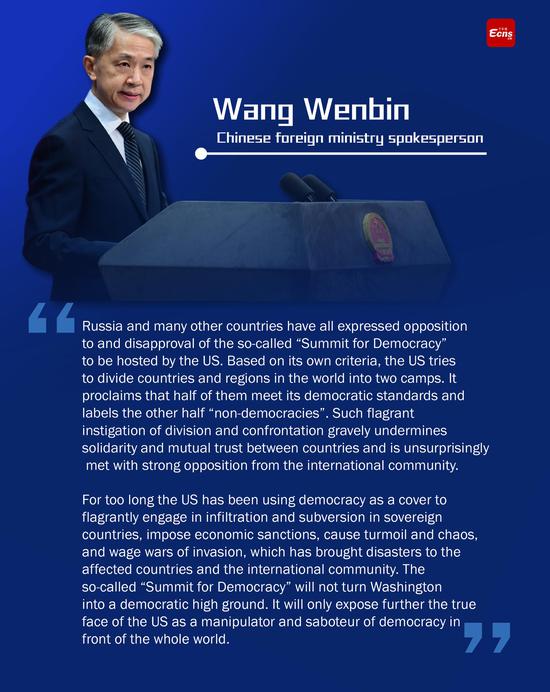

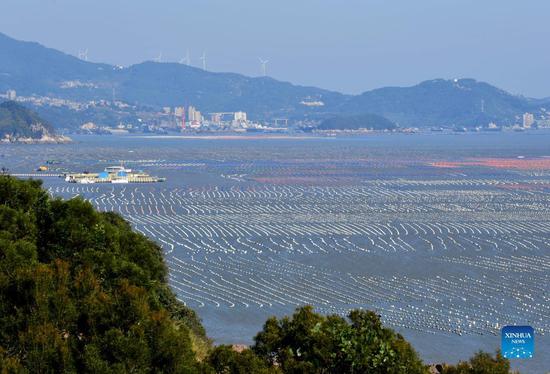

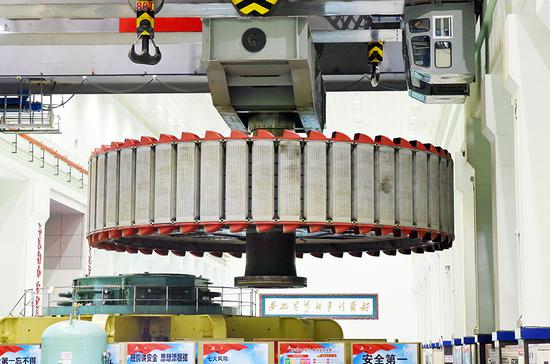

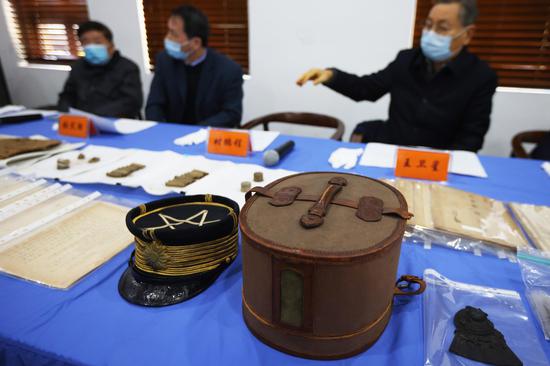

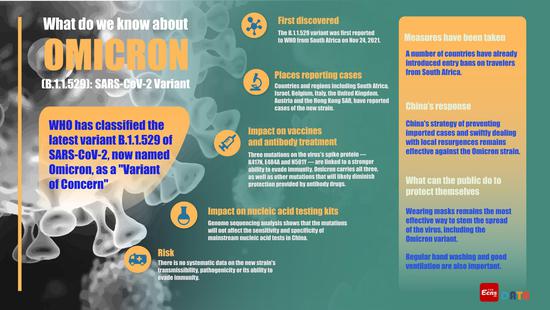

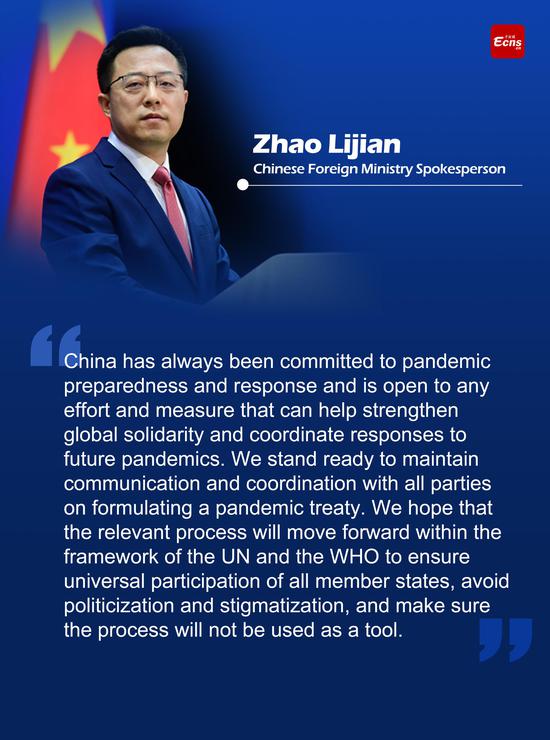
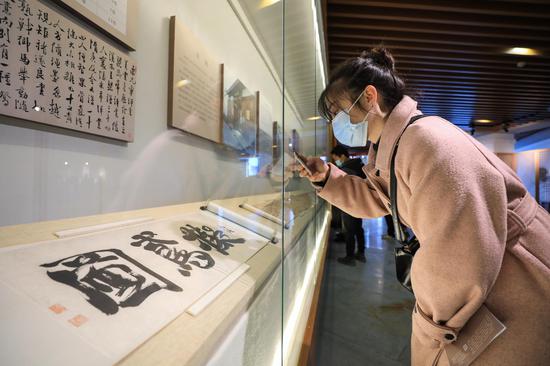






 京公網(wǎng)安備 11010202009201號(hào)
京公網(wǎng)安備 11010202009201號(hào)